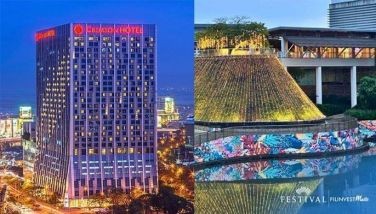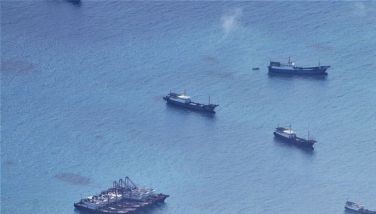101.6 M
In an attempt to keep an oh-so-fragile hold on my sanity, I tell myself every time I am caught in traffic – and that’s pretty often – that all this activity on the road just means a vigorous economy. Especially when I am in the middle of humongous container vans here in our neck of the woods in Port Area, I take deep breaths and repeat, “Business is good; there are a lot of imports and exports. Business is good…” That may be helpful – at least for my soul and my sanity – but the reality remains that congestion in the metropolis is a serious problem. There are just too many people, and too many vehicles, in the metropolis.
New vehicle sales topped 156,000 units in the first seven months of the year, 20 percent more than last year. Car companies have introduced more affordable models, which are selling quite well. The report from the automotive industry did not give a breakdown of geographical distribution, and I wonder how many of those vehicles will ply the streets of Metro Manila. Now if only we can get decent mass transport (I can dream, can’t I?) some of those cars can stay in the garage (actually most of them are parked on the roadsides) rather than clog our streets.
It is no comfort that the country’s population is expected to breach 101 million this year. The Philippine Statistics Authority, which is currently undertaking a national census, said the country’s population is projected to reach 101.6 million this year, on a 2.1 percent annual growth rate. My goddaughter, who is a medical resident at a government hospital, did her rotation at the maternity unit last month, during which time, on her shift alone, she assisted (she acted as what they call the “catcher”) in over 500 births (mortality rate was under five percent). That’s nearly 20 babies a day, in one shift in one hospital. You do the math.
As our population grows, year after year, at over two percent, our resources unfortunately do not – can not – grow at a parallel rate. Our land area remains the same, and so we build vertically in urban areas, in effect piling people on top of each other. But these people do come down to the ground at some point each day – to work, to market, to go to school or go malling…
And how can we be rice or food self-sufficient when there are more and more mouths to feed and land for agriculture remains the same, or even shrinks because of development into residential or industrial areas? And can we ever catch up with the backlog and build enough classrooms when every year so many new students enter the educational system? And when they graduate – or even if they don’t – and look for work, will we have enough factories and call centers and construction projects and offices to employ all of them?
A good start is to decongest the metropolis – to develop areas outside Metro Manila to become centers of productivity, even to move the seat of government out of the overcrowded metropolis – to spread the 101.6 million people more evenly out over our many beautiful islands.
- Latest
- Trending















